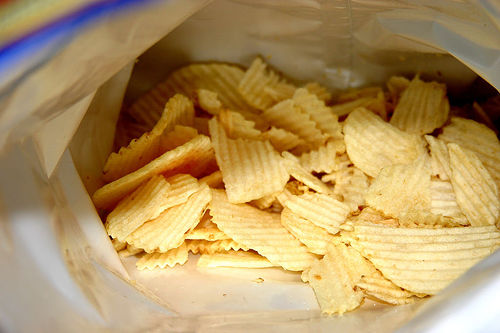
Don't Take The Whole Bag Of Chips With You To The Couch!
When you pull a snack out of the fridge or cupboard, don't take the whole bag to the couch with you! You're more likely to just eat it all on autopilot if you do. If you decide your portions in advance, you don't have to try to stop halfway down the Pringles tube! Try putting snack foods into bowls or onto plates before you take them through to the TV room. Then you can keep the amount you eat lower, and you probably won't notice the difference. After all, when you eat while you watch TV you're often not thinking about it anyway. Make that fact work for you, to cut calories from your diet without even realizing it!
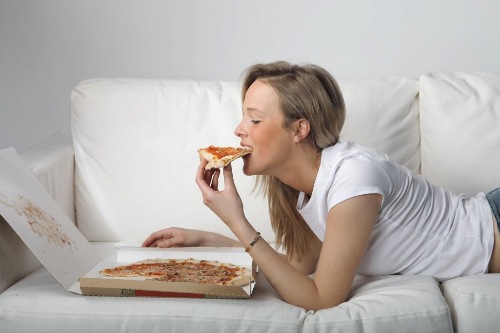
Try To Eat Before Going Out Of The House
Eat before you go out. Whether that's going out to work or going out to the cinema, going out on the town or going out into the countryside, you're going to be offered opportunities to buy junk food as soon as you leave the house. After a couple of hours, and especially after a couple of drinks, your hunger gets the best of you and you find yourself eating high-fat, sugary junk food that uses up your calories for two days all at once. Sound familiar? It's better to eat before you leave the house. Try to eat foods with high fiber or high protein content, or better yet, both. Pprotein slows the rate of absorption of starches into the bloodstream, meaning your blood sugar will stay steady longer and you won't get hungry so easily. Fiber slows the rate of digestion in the stomach and makes you feel full longer. But eating a proper meal before you leave the house can make all the difference when it comes to sticking to your diet goals.
- Important notification about information and brand names used in this slideshow!
- Photo courtesy of New Media Ba by Picasa : picasaweb.google.com/104919940046622069790/Muskarci#5586473577123877922
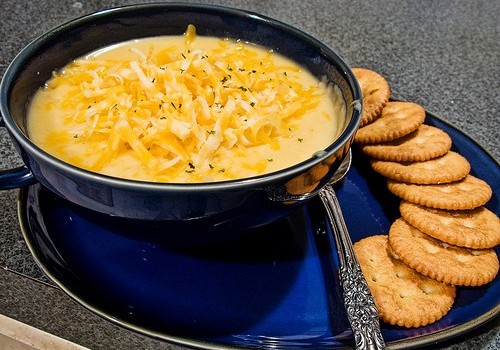
When It Comes To Meals, Days Or Diets - Start With Soup!
Soup can be a great way to make yourself feel fuller for longer without taking on many extra calories. There's a reason why it's commonly used as a starter! Any soup is good but one with vegetables is best, as it will contain fiber that will make you feel fuller longer. Many traditional soups contain both meat and vegetables, and they're good choices too. The meaty flavor helps convince you that you've eaten something while the fiber and fluids of the vegetables and the soup itself help make you feel full. If you're stuck for convenience diet foods, soup is also a good choice. Download some recipes, make a big batch and freeze it, then just fill a bowl and microwave it when you need it!
- Important notification about information and brand names used in this slideshow!
- Photo courtesy of Tom Check by Flickr : www.flickr.com/photos/tombothetominator/3120082367/
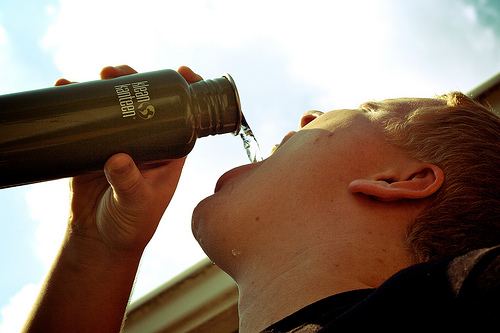
Remember To Drink Plenty Of Fluids Through The Day
Many of us are so out of touch with our thirst reflex that we mistake thirst for hunger and eat when we really need to drink. When you think you're hungry, have a glass of water first, to check you're not simply dehydrated. Make sure you drink something with every meal, too. The fluids take up room in your stomach and make you feel fuller, and the extra water will help you as you try to lose weight by helping to clean out your system. Just be careful that your drinks aren't adding 'stealth' calories to your daily intake, and remember to go easy on caffeine and alcohol: they're diuretics, and they'll make you thirstier. So will sugary sodas.
- Important notification about information and brand names used in this slideshow!
- Photo courtesy of David Joyce by Flickr : www.flickr.com/photos/deapeajay/2910767628/
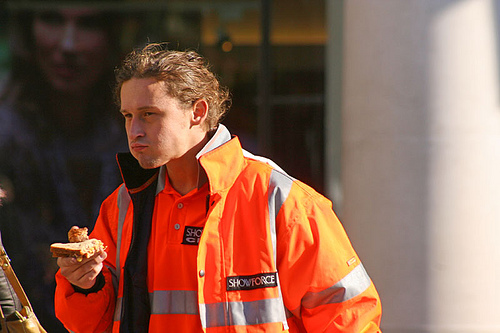
Avoid Eating On The Go Whenever Possible - Pack A Lunch Instead
Eating on the go is seldom a good idea. When's the last time you bought something from a roadside stand or a drive-through and thought, 'that was both healthy and satisfying'? Exactly. Food you grab as you rush past is usually empty calories, grease and sugar held together with starch. There's little fiber, often little protein and not much in the way of vitamins, and you'd be shocked to learn how calorific even a small take-out meal can be. If you don't have time to prepare food, prepare it in advance or use snacks like trail mix, cold meats or fruit to get you past the times you need to eat and you're miles from your kitchen. Another bad side effect of eating on the go is that you eat without thinking about it. The system in your body that tells you when you're hungry and when you're full can play tricks on you. If you eat without paying attention, sometimes it doesn't notice either, and you get a 'feed me!' message when you already ate. Give your food a few minutes' attention and not only will you enjoy it more and suffer less indigestion, you'll feel fuller too...
Eating on the go is seldom a good idea. When's the last time you bought something from a roadside stand or a drive-through and thought, 'that was both healthy and satisfying'? Exactly. Food you grab as you rush past is usually empty calories, grease and sugar held together with starch. There's little fiber, often little protein and not much in the way of vitamins, and you'd be shocked to learn how calorific even a small take-out meal can be. If you don't have time to prepare food, prepare it in advance or use snacks like trail mix, cold meats or fruit to get you past the times you need to eat and you're miles from your kitchen. Another bad side effect of eating on the go is that you eat without thinking about it. The system in your body that tells you when you're hungry and when you're full can play tricks on you. If you eat without paying attention, sometimes it doesn't notice either, and you get a 'feed me!' message when you already ate. Give your food a few minutes' attention and not only will you enjoy it more and suffer less indigestion, you'll feel fuller too.
- Important notification about information and brand names used in this slideshow!
- Photo courtesy of Jenn by Flickr : www.flickr.com/photos/jcrphotography/2922009697/
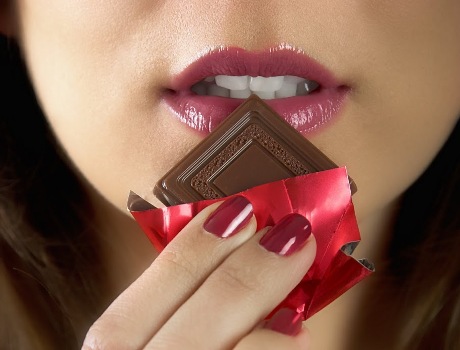
Keep Temptations Out Of Sight - Or Better Yet, Out Of The House
If you wanted to give up smoking you wouldn't spend the weekend watching Humphrey Bogart films. If you want to reduce the amount of food you eat, don't fill your house with doughnuts and chocolate. It's far easier to remove temptation than it is to resist it. Make doing the right thing more convenient than doing the wrong thing, and when your resolve wavers and your attention wanders, you'll do the right thing by accident, because it's there. Put fruit, vegetables and healthy snacks in your refrigerator and that's what you'll turn to when you fancy a nibble. If you have to keep 'forbidden' products in the house, for kids or spouses, for instance, try to keep them out of sight, and try putting them all in the same cupboard and staying away from that cupboard.
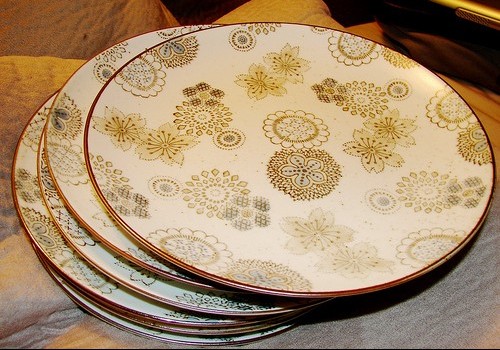
Use Smaller Plates And Bowls To Get Smaller Portions
Portion size can be very misleading. A 'plateful' can vary enormously depending on the size of the plate. Smaller plates fool the eye into thinking there's more food than there really is - and America's notoriously gigantic portions do the opposite, letting you forget how much you're really putting away. Try looking for plates about a quarter smaller than the ones you normally use, and see how much less food they'll hold - yet it still seems plenty. Arranging food so it takes up slightly more space on the plate is another favorite way of 'visually enhancing' portions to make them seem larger, as is, oddly enough, using brightly colored foods. And that's a good idea anyway, since those bright colors indicate the presence of vitamins and minerals.
- Important notification about information and brand names used in this slideshow!
- Photo courtesy of Regan by Flickr : www.flickr.com/photos/evilsciencechick/2811176681/
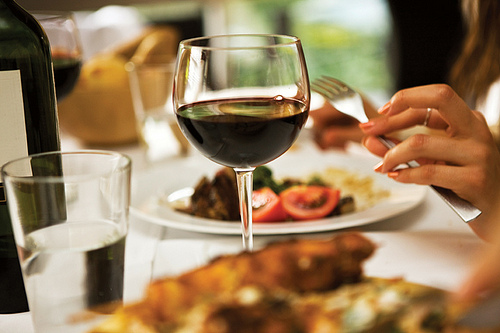
Stop Eating Before You’re Stuffed - Learn When You've Had Enough
Some of us learned in childhood to eat until we couldn't eat any more. But we don't actually need to do that. Try stopping short of being as full as you're used to. You'll give your digestive system time to recuperate, and you'll find over time you're eating a lot less. Try this trick and see how much you're leaving on your plate; next time give yourself a slightly smaller portion. To get a better idea of how full you really are, eat from the start of the meal with attention to each mouthful. You'll register the food more and feel like you've eaten more than if you eat without thinking.
- Important notification about information and brand names used in this slideshow!
- Photo courtesy of Emiliano De Laurentiis by Flickr : www.flickr.com/photos/isante/5057195941/
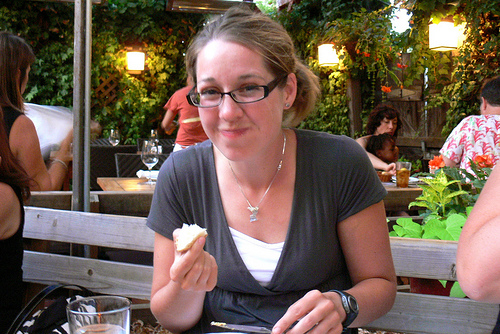
Use Snacks And Mini-Meals To Augment Your Diet
We all think of a 'meal' as a large, serious affair. If it doesn't leave you with a plate full of bones, a kitchen full of dishes and a carbohydrate coma, it's not a meal. But actually, small meals and large snacks can be a great way for some people to get through the day on far fewer calories. Sometimes you feel hungry because your blood sugar is low, and in that case a small snack can help see you through to your next proper meal. The fact is, no-one stays hungry long voluntarily, so plan your diet so you can actually stick to it. Sometimes that means budgeting for snacks when you're planning out your calories for the day, and that gives you the choice of eating better, healthier snacks too. Sometimes it means taking the same amount of calories and making four or five smaller meals instead of two or three larger ones.
- Important notification about information and brand names used in this slideshow!
- Photo courtesy of Jodie Wilson by Flickr : www.flickr.com/photos/jumpyjodes/4289599517/
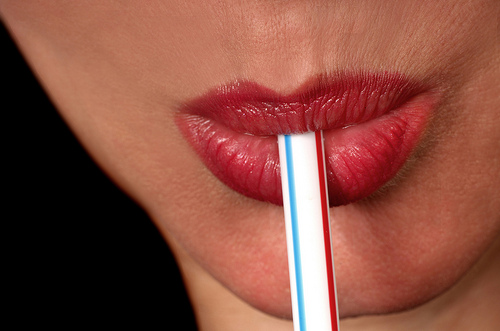
Avoid Drinking Soda Or Sugary Soft Drinks - They're 'Junk Calories' You Don't Need
Sodas are one of the most insidious ways 'stealth' calories get into our diets. A 330ml standard size can of soda can have as much as 140 calories, and it's all sugar, driving your blood glucose out of control and increasing your risk of diabetes. Two or three cans of soda a day could account for slow, creeping weight gain all by themselves! Of course, one can of soda isn't going to kill you. But one can a day isn't going to do you any good. Make it an occasional treat, but don't drink soda on most days. Remember, it's not a food group.
- Important notification about information and brand names used in this slideshow!
- Photo courtesy of Wagner Cesar Munhoz by Flickr : www.flickr.com/photos/orofacial/8220709016/


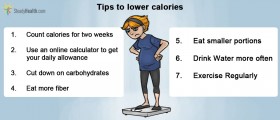
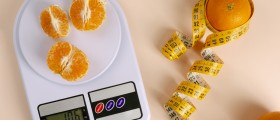
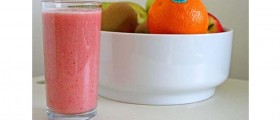

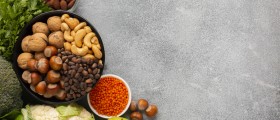
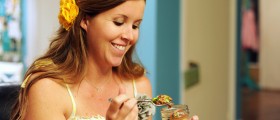
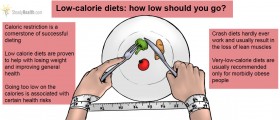
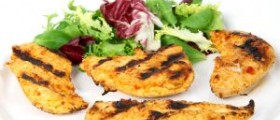
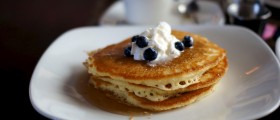
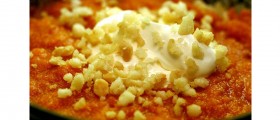
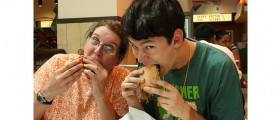
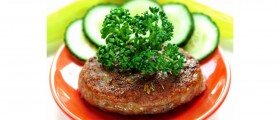
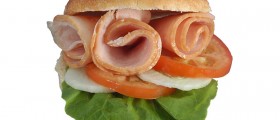

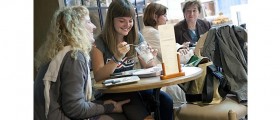
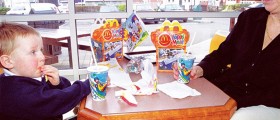

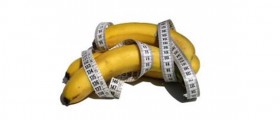
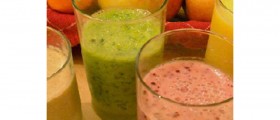
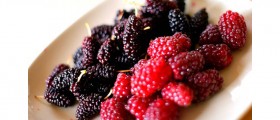
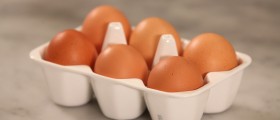

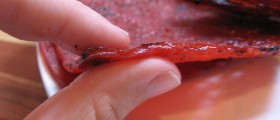
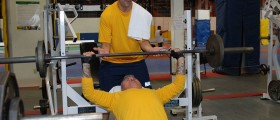
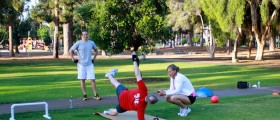
Your thoughts on this
Loading...